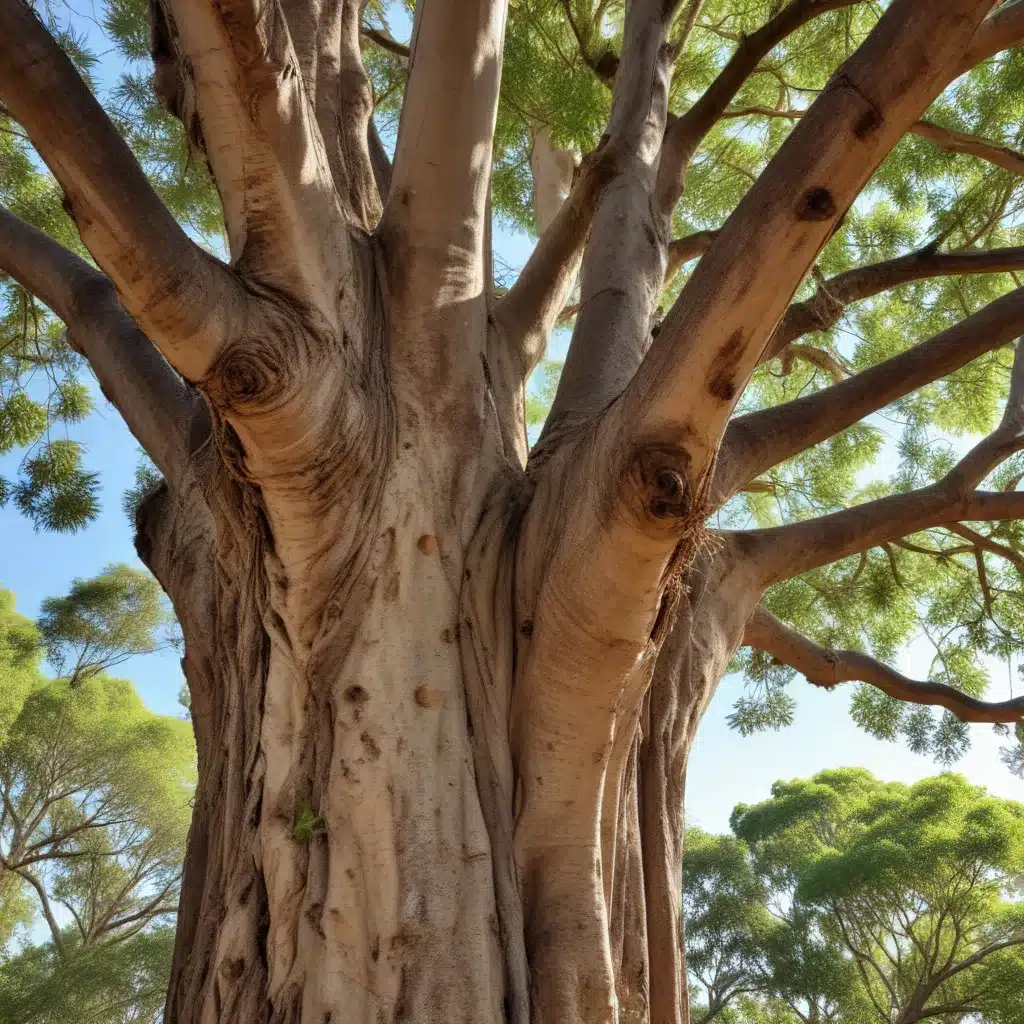
The preservation of historical and culturally significant trees within urban environments is a critical component of TriCounty Tree Care‘s comprehensive landscape management strategy. By leveraging the wealth of data maintained in the Queensland Heritage Register, our arborists can identify and document distinctive tree species, assess their condition, and develop targeted conservation plans to safeguard these living landmarks for future generations.
Heritage Data Management
The Queensland Heritage Register is the official database of places of cultural heritage significance in the state, administered by the Department of Environment and Science. This comprehensive catalog encompasses a diverse array of resources, from colonial-era buildings to Indigenous cultural sites, each meticulously documented to preserve the rich tapestry of Queensland’s history.
Data Sources
While the Queensland Heritage Register primarily features built heritage, it also includes entries for notable trees and other natural heritage assets. By cross-referencing this data with information from local government authorities, such as the Brisbane City Council’s Local Heritage Places and the Gold Coast City Council’s Local Heritage Register, our team can assemble a detailed inventory of heritage-listed trees across the region.
Data Curation
Maintaining the accuracy and completeness of this heritage tree data is an ongoing challenge. Entries in the Queensland Heritage Register may not always reflect the current state of a site, and local government registers can vary in their coverage and level of detail. Our arborists work diligently to verify information, reconcile discrepancies, and supplement the data with additional field observations and assessments.
Urban Tree Inventories
The insights gleaned from the heritage registers provide a valuable foundation for our comprehensive urban tree inventories. By identifying the specific species, age, and condition of these historically significant trees, we can develop tailored management strategies to ensure their long-term health and preservation.
Tree Identification
Accurate species identification is crucial for understanding the ecological and cultural value of heritage trees. Our arborists leverage their expertise in plant taxonomy, along with resources such as field guides and online databases, to meticulously document the botanical characteristics of each specimen.
Tree Condition Assessment
Regular inspections and assessments of heritage trees are essential for detecting potential issues and implementing timely interventions. Our team of certified arborists conducts detailed evaluations of factors like structural integrity, pest or disease presence, and environmental stressors, informing our recommendations for pruning, treatment, or other tree care actions.
Geographic Information Systems
The spatial aspect of heritage tree data is a critical component of our landscape management approach. By integrating this information into a geographic information system (GIS), we can visualize the distribution of these significant trees, analyze their relationships to the built environment, and inform strategic planning decisions.
Spatial Data Management
Our GIS platform serves as a centralized repository for heritage tree data, seamlessly integrating information from the Queensland Heritage Register, local government sources, and our own field observations. This geospatial database enables us to maintain accurate, up-to-date records and facilitate efficient data sharing and collaboration.
Spatial Analysis
Spatial analysis techniques, such as proximity analysis and network modeling, allow us to identify patterns, interdependencies, and potential threats to heritage trees within the urban landscape. This knowledge informs our risk assessment procedures and helps prioritize conservation efforts, ensuring the most vulnerable or historically significant specimens receive the necessary attention.
Environmental Informatics
The preservation of heritage trees is not just a matter of historical significance; it also has profound implications for the overall health and resilience of urban ecosystems. By considering the ecological context of these living landmarks, we can develop holistic management strategies that balance cultural heritage with environmental sustainability.
Urban Ecology
Heritage trees often serve as important habitat for a diverse array of flora and fauna, contributing to the overall biodiversity of urban environments. Our arborists collaborate with ecologists to understand the specific ecological roles and ecosystem services provided by these trees, informing our conservation efforts and advocating for their preservation.
Climate and Urban Environments
As the impacts of climate change become increasingly evident, the role of heritage trees in mitigating urban heat island effects and enhancing climate resilience cannot be overstated. By analyzing the spatial distribution and canopy coverage of these trees, we can identify strategic locations for urban greening initiatives that leverage their temperature-regulating and carbon-sequestering capabilities.
Public Policy and Planning
Effective heritage tree conservation requires a collaborative approach, engaging with policymakers, urban planners, and the broader community. By leveraging the data and insights derived from the Queensland Heritage Register, we can contribute to the development of informed public policies and planning strategies that prioritize the protection and enhancement of these irreplaceable natural assets.
Heritage Conservation
The Queensland Heritage Act 1992 and local government planning schemes provide the legal framework for the identification, protection, and management of heritage-listed trees. Our arborists work closely with regulatory authorities to ensure our conservation practices align with these heritage guidelines and contribute to the long-term preservation of these living landmarks.
Urban Greening Initiatives
Heritage trees can serve as focal points for community engagement and urban greening efforts, inspiring residents to take an active role in safeguarding their local environment. By partnering with councils, community groups, and educational institutions, we can develop programs that raise awareness, foster stewardship, and promote the planting of complementary tree species to enhance the overall urban canopy.
The Queensland Heritage Register represents a rich tapestry of the state’s cultural and natural heritage, with heritage-listed trees serving as living testaments to the region’s storied past. By leveraging this invaluable data, the arborists at TriCounty Tree Care are uniquely positioned to identify, assess, and conserve these remarkable specimens, ensuring they continue to thrive and enrich our urban landscapes for generations to come.


